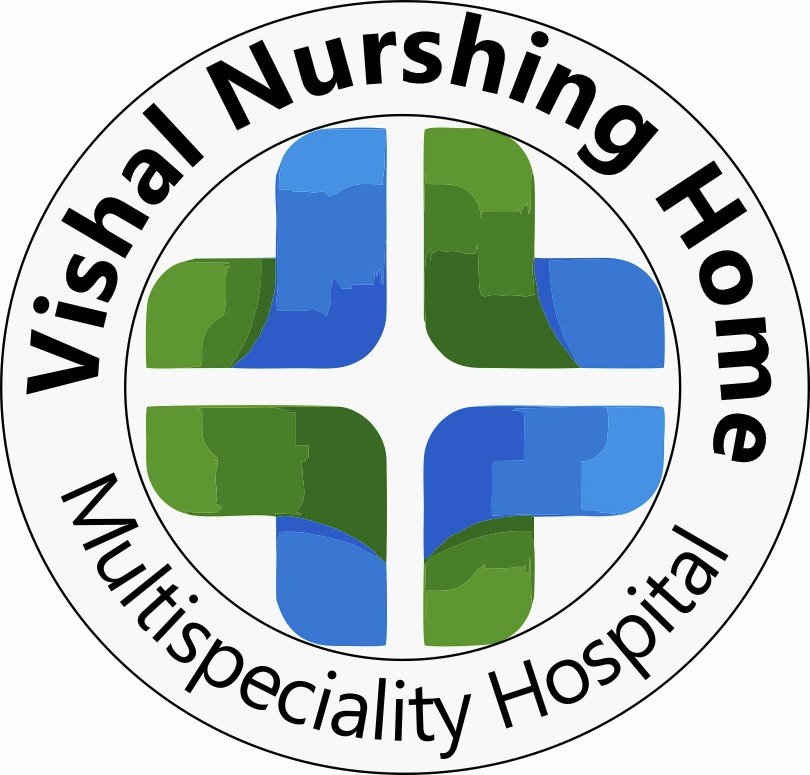A neurosurgeon is a medical doctor who specializes in the surgical treatment of disorders that affect the nervous system, which includes the brain, spinal cord, nerves, and muscles. Neurosurgeons deal with a wide range of conditions that affect the central nervous system (CNS) and peripheral nervous system (PNS), from traumatic injuries to chronic conditions and tumors. They often work in collaboration with neurologists, radiologists, oncologists, and rehabilitation specialists to provide comprehensive care.

Key Areas of Neurosurgery:
Neurosurgeons treat conditions involving the brain, spine, and peripheral nervous system, often using a combination of surgical procedures, medical management, and sometimes radiation or other therapies.
1. Brain Disorders:
- Brain Tumors: Including benign and malignant tumors, such as gliomas, meningiomas, and metastatic brain tumors.
- Traumatic Brain Injury (TBI): Surgical intervention may be required for severe head injuries, skull fractures, or bleeding in the brain.
- Epilepsy: In some cases, surgery may be an option for patients with intractable seizures that don’t respond to medication.
- Cerebrovascular Disorders: Conditions like aneurysms, arteriovenous malformations (AVMs), and strokes that may require surgical intervention to restore blood flow or repair damaged vessels.
- Hydrocephalus: A condition where excess fluid accumulates in the brain, requiring surgery to drain the fluid or place a shunt.
- Parkinson’s Disease and Movement Disorders: In some cases, deep brain stimulation (DBS) may be used to treat movement disorders like Parkinson’s disease.
2. Spinal Disorders:
- Herniated Discs: A condition where the soft cushion between vertebrae (the disc) bulges out and compresses nearby nerves, causing pain, numbness, or weakness.
- Spinal Stenosis: A narrowing of the spinal canal, which can put pressure on the spinal cord or nerves, causing pain or loss of function.
- Spinal Fractures: Trauma-induced fractures or injuries to the vertebrae, which may require surgery to stabilize the spine.
- Degenerative Disc Disease: A breakdown of spinal discs over time, often leading to pain or loss of function.
- Spinal Tumors: Both primary tumors (originating in the spine) and metastatic tumors (from other parts of the body) that require surgical removal.
- Scoliosis: A curvature of the spine that may require surgical correction, especially in severe cases.
3. Peripheral Nervous System Disorders:
- Carpal Tunnel Syndrome: Compression of the median nerve in the wrist, which can cause pain, tingling, and weakness in the hand.
- Peripheral Nerve Injuries: Trauma or compression of nerves in the limbs or extremities, such as brachial plexus injuries or foot drop.
- Nerve Tumors: Benign or malignant tumors on peripheral nerves that may require removal.
- Chiari Malformation: A condition where part of the brain (the cerebellum) extends into the spinal canal, often causing headaches and neurological deficits.
Common Procedures Performed by Neurosurgeons:
Neurosurgeons use both traditional open surgery and minimally invasive techniques to treat various conditions. Some common procedures include:
- Craniotomy: Surgical removal of part of the skull to access the brain for tumor removal, aneurysm repair, or treatment of trauma.
- Spinal Fusion: A procedure to join two or more vertebrae in the spine to prevent movement and stabilize the area, often done for conditions like spinal fractures or degenerative diseases.
- Laminectomy: Removal of part of a vertebra (lamina) to relieve pressure on the spinal cord or nerves, often used in cases of spinal stenosis or herniated discs.
- Microsurgery: Using a microscope and specialized instruments to perform precise procedures, such as removing brain tumors or repairing spinal nerves.
- Deep Brain Stimulation (DBS): A procedure in which electrical impulses are used to stimulate specific areas of the brain to treat conditions like Parkinson’s disease or essential tremor.
- Discectomy: Removal of part or all of a herniated disc to relieve pressure on the nerves or spinal cord.
- Shunt Insertion: A device (shunt) is placed in the brain to drain excess cerebrospinal fluid (CSF) in conditions like hydrocephalus.
When to See a Neurosurgeon:
You may be referred to a neurosurgeon if you experience the following conditions:
- Chronic or Severe Headaches: Particularly if they are associated with neurological symptoms like nausea, vision problems, or altered consciousness.
- Seizures: When seizures are not controlled by medication, or a brain tumor or abnormality is suspected.
- Traumatic Head Injury: For evaluation and treatment of head injuries that may involve bleeding or structural damage to the brain.
- Back or Neck Pain: Severe or chronic pain, especially if it radiates into the limbs or is associated with weakness, numbness, or loss of function.
- Weakness or Numbness: Sudden or progressive loss of strength or sensation in the limbs, which could indicate nerve compression or damage.
- Spinal Problems: Conditions such as scoliosis, spinal deformities, or unexplained back pain that doesn’t improve with non-surgical treatments.
- Movement Disorders: Symptoms such as tremors, rigidity, or difficulty with coordination, which might be treated with procedures like deep brain stimulation.
- Brain Tumors or Cysts: Suspicion or diagnosis of brain tumors, cysts, or other abnormal growths that need surgical intervention.
Training for Neurosurgeons:
Becoming a neurosurgeon requires extensive education and training:
- Medical School: The first step is completing medical school, which typically takes 4 years after obtaining a bachelor’s degree.
- Residency: After medical school, neurosurgeons undergo a residency program that typically lasts 7 years. During this time, they receive specialized training in the diagnosis and surgical treatment of neurological disorders.
- Fellowship (optional): Some neurosurgeons choose to pursue further specialization in areas such as pediatric neurosurgery, spine surgery, functional neurosurgery (e.g., epilepsy or movement disorders), or neuro-oncology.
- Board Certification: Neurosurgeons can become board-certified by passing exams and meeting continuing education requirements set by the relevant medical boards.
